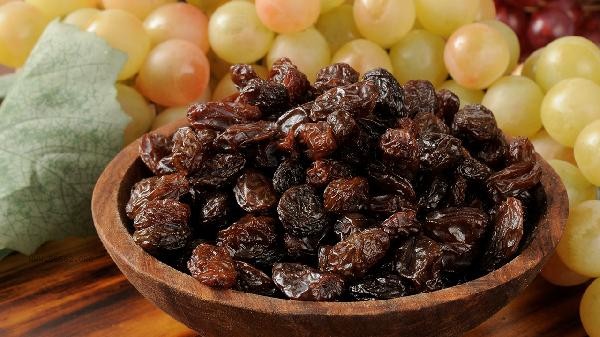The normal color of wine mainly depends on the grape variety and brewing process. Common colors include purple red, ruby red, brick red, golden yellow, amber, etc. Red wine usually presents a dark color scheme, white wine is mostly a light color scheme, and ros é wine falls in between the two.

1. Purple Red
Young red wines often present a purple red color, which usually appears in the early stages of winemaking using thick skinned grapes such as Cabernet Sauvignon and Syrah. The purple red color indicates that the wine contains abundant anthocyanins and tannins, with a rich taste that is suitable for pairing with red meat or heavy flavored dishes. New wines stored for a short period of time often maintain this bright color.
2. Ruby Red
After a certain amount of aging, red wine will gradually transform into a ruby red color, which is more common in varieties such as Merlot and Pinot Noir. The ruby red color indicates that the wine is beginning to oxidize and mature, the tannins become softer, and the fruity and oak aromas gradually balance. Most commercially available dry red wines will present this classic color.
3. Brick Red
Red wines that have been aged for a long time will develop into brick red, with orange tones on the edges. This color change indicates a polymerization reaction between pigments and tannins in the wine, which is common in aged wines over ten years. Brick red wine usually has complex aromas such as leather and tobacco, but attention should be paid to whether the quality has declined due to excessive oxidation.

4. Gold
White wines without aging in oak barrels are mostly light gold, such as Riesling, everlasting longing for each other and other varieties. This color reflects that the wine retains the fresh fruit aroma of the grapes and has a bright acidity. If the color is too dark, it may indicate oxidation or improper storage, while completely colorless white wine may be suspected of blending.
5. Amber
White wine aged in oak barrels or oxidized will present an amber color, with typical representatives including sherry, Madeira, etc. This color comes from a slow oxidation process, and the wine develops complex aromas such as nuts and caramel. But if ordinary white wine unexpectedly turns amber, it may indicate that the storage temperature is too high or the seal has failed. When observing the color of wine, tilt the glass under natural light and pay attention to the color transition between the center and edges. Abnormal colors such as turbidity and graying may indicate deterioration, while the addition of artificial pigments can make the color too uniform and bright. When storing, avoid direct sunlight and temperature fluctuations. Using a professional wine cabinet can better maintain the natural color of the wine. If the color quickly darkens and sediment appears after opening the bottle, it is recommended to drink it as soon as possible or stop consuming it.









Comments (0)
Leave a Comment
No comments yet
Be the first to share your thoughts!